For many of us, using tampons during our period is the default option. Alongside pads, tampons have been the go-to choice for menstrual hygiene for decades.
However, as more people explore alternatives like menstrual cups, period panties, and reusable cloth pads, and as we learn more about the potential health risks—like toxic shock syndrome and exposure to harmful metals—even in the most common menstrual products, it’s time to reconsider whether tampons are the best choice for our bodies.
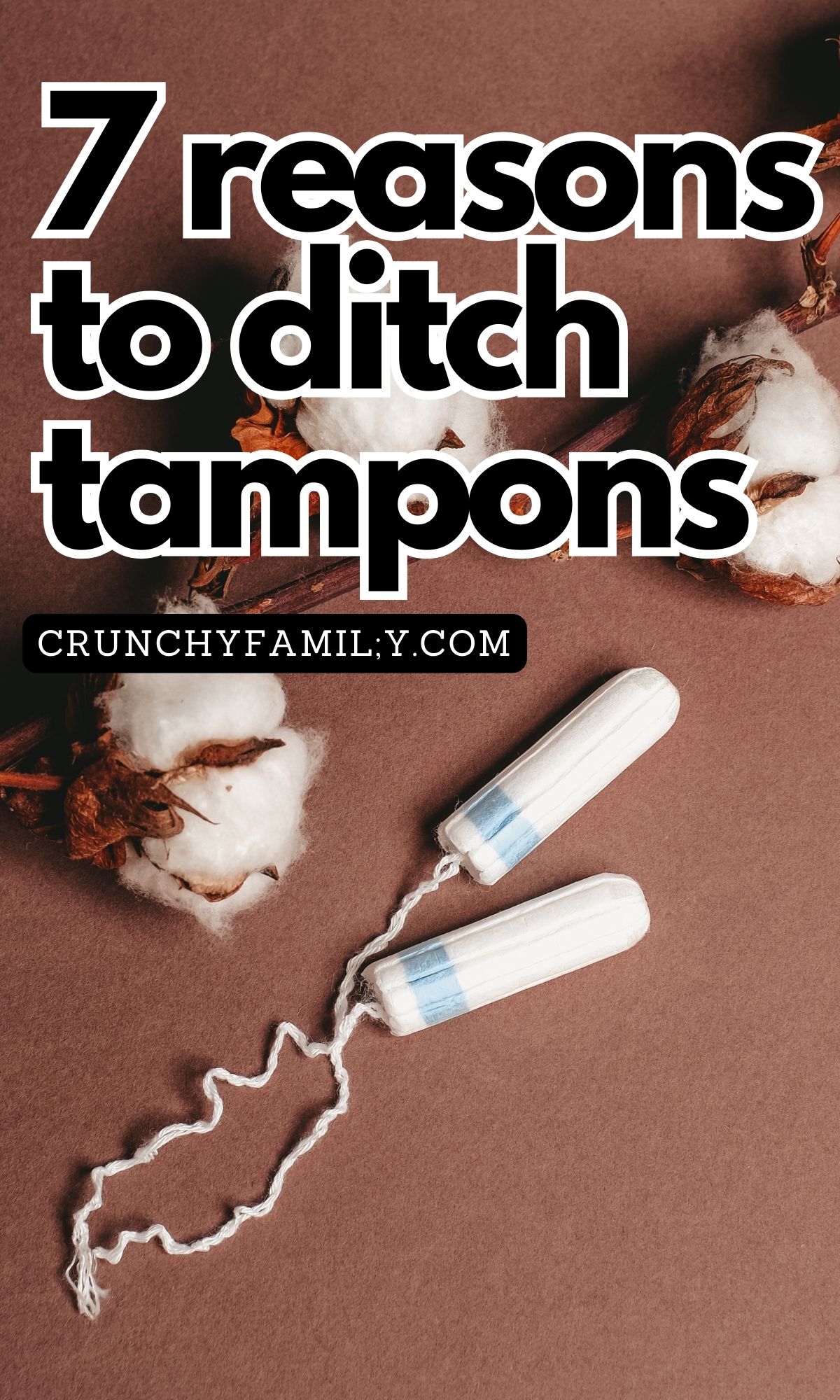
7 Shocking Disadvantages of Using Tampons
Here are some important disadvantages of tampon use that you should know about:
1. Health Risks from Toxic Metals
A recent study has revealed the presence of toxic metals, such as arsenic and lead, in tampons. This is particularly alarming because it includes even organic tampons, which many assume to be safer.
When you’re putting something inside your body, you want to be very sure it’s healthy. The presence of these toxic substances raises serious concerns about the safety of tampons and their long-term effects on health.
The study, led by those at the University of California Berkeley, scientists assessed the levels of 16 metals, including arsenic, cadmium, cobalt, lead, and selenium in 30 tampons from 14 different brands
The source of these metals often traces back to the soil and water used to grow the cotton. Contaminated environments can introduce these harmful substances into the plants, making their way into the final product.
Others have been intentionally added as pigment or whitener.
As consumers, it’s difficult to ensure the purity of the materials used, making the risk of exposure a serious consideration.
Of course, with contaminated water and cotton, these toxins could also be in other items we have in our environment, clothing and so on. But with tampons, the fact that you’re inserting these internally means the body would absorb the toxic metals at a much higher rate, and this is not something we want to risk every menstrual cycle. Over the years, that’s a lot of toxins.
Exposure to toxic metals like lead and arsenic is linked to a wide range of health conditions, including dementia, infertility, diabetes, and cancer, and also damage to organs, including the liver, kidneys, and brain. (source)
Even if you reduce your tampon usage from the whole of your time of the month, to just the heavier days, or switch to usable feminine hygiene products and keep tampons specially for occasions like swimming, you are going to reduce your overall exposure to these toxic metals by a fair amount.
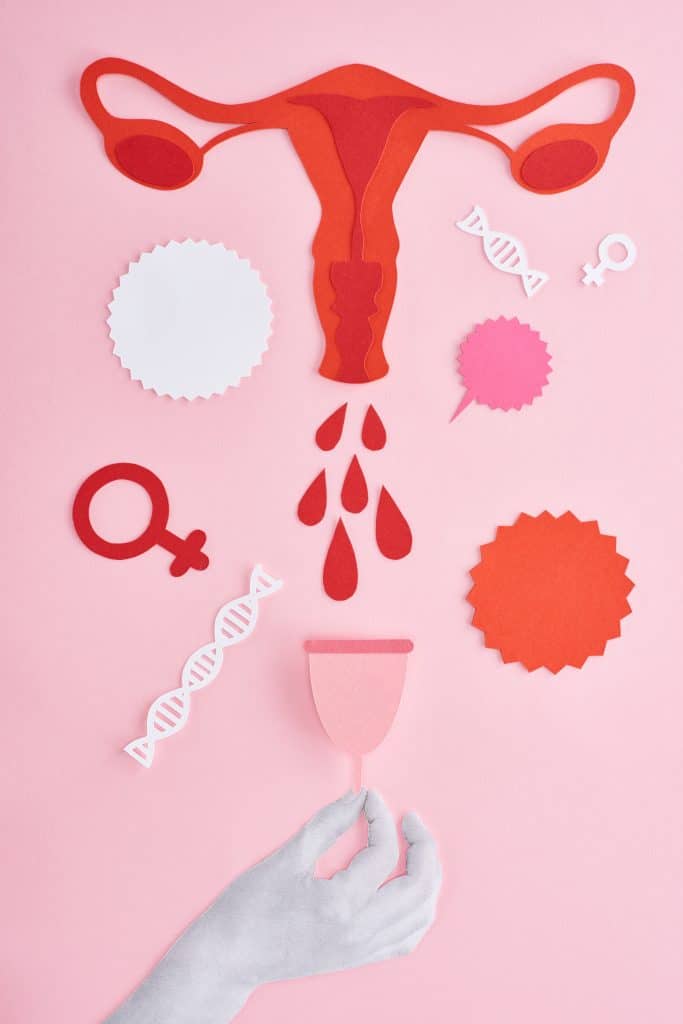
2. Risk of Toxic Shock Syndrome (TSS)
One of the most well-known risks associated with tampons is Toxic Shock Syndrome (TSS). TSS is a rare but life-threatening condition caused by the bacteria Staphylococcus aureus. Symptoms of TSS include high fever, muscle pain, and a sudden drop in blood pressure. Tampons, especially super-absorbent ones, can create an environment that allows these bacteria to thrive. While the risk of TSS is low, it’s a serious health concern that shouldn’t be ignored.
The materials used in tampons can sometimes act as a breeding ground for bacteria if left in place for too long. This is why it is crucial to change tampons regularly and choose the appropriate absorbency level for your flow. Understanding the symptoms of TSS and acting quickly if they occur can be life-saving.
With this risk in mind, ditching them altogether for other types of products could be the better option.
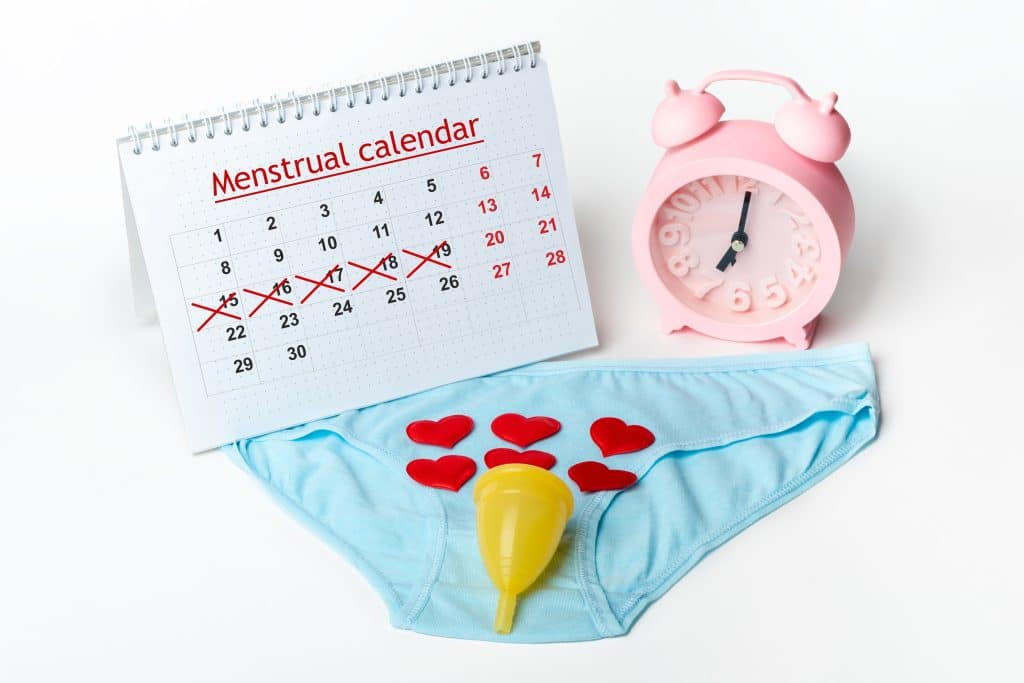
3. Potential for Allergic Reactions and Irritations
Tampons can cause allergic reactions or irritations for some users. The bleaching process used to whiten tampons and the presence of synthetic fibers can lead to itching, rashes, or more severe allergic reactions.
For those with sensitive skin or allergies, the use of tampons can be quite uncomfortable and problematic.
It’s important to note that these reactions can also stem from fragrances and other chemicals added to some tampons.
Switching to hypoallergenic, fragrance-free options or using alternative menstrual products can help reduce the risk of irritation and ensure a more comfortable period experience – or, just ditch them all together.
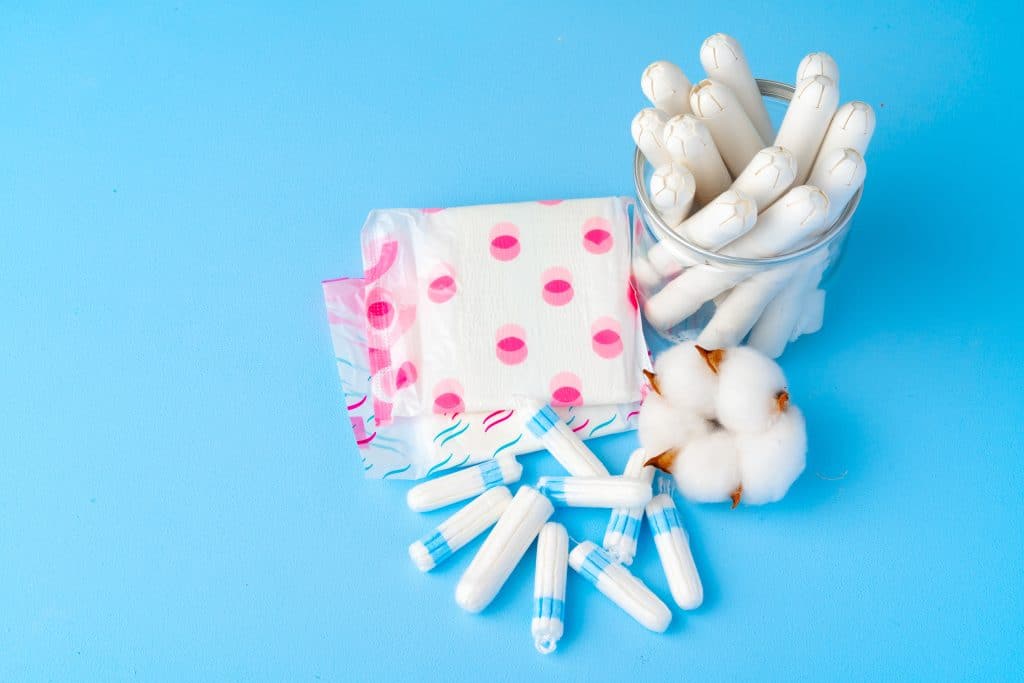
4. Interference with Vaginal Health
Tampons can sometimes disrupt the natural balance of bacteria in the vaginal canal, leading to bacterial infections such as bacterial vaginosis or yeast infections. The regular insertion of tampons, particularly during heavier flow days, can also cause small tears or abrasions in the vaginal tissue, increasing the risk of infection.
The vaginal flora is a delicate ecosystem that can be easily disturbed. Using tampons that are too absorbent or not changing them frequently enough can exacerbate these issues. Consider using tampons only when necessary and switching to other products, like menstrual cups or period panties, which may have less impact on vaginal health.
Related: What is Vaginal steaming?
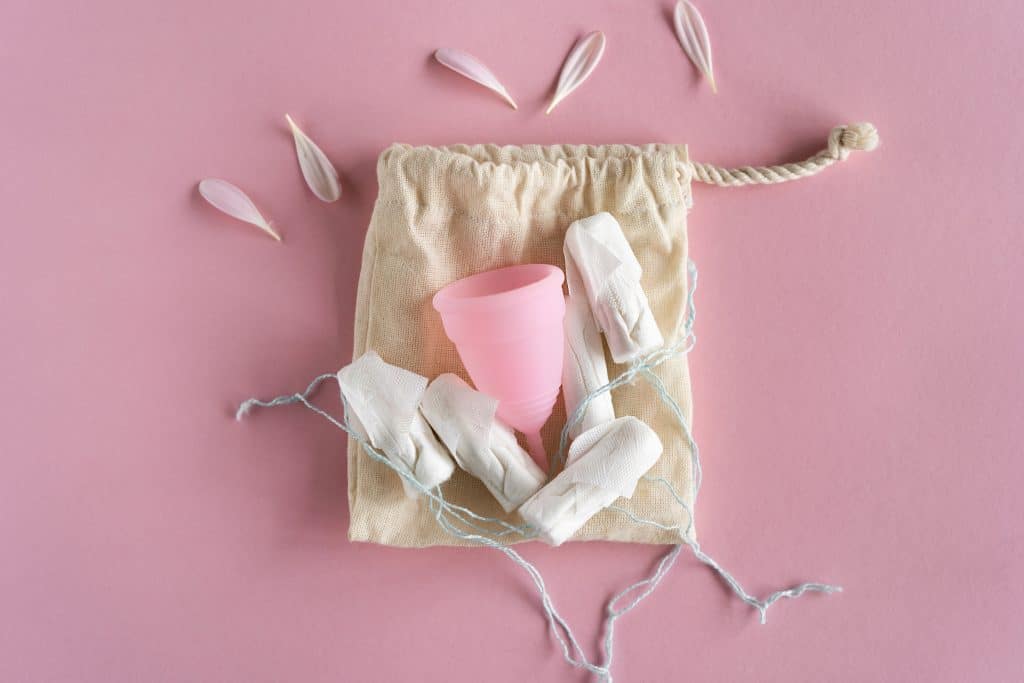
5. Environmental Impact
Tampons and their applicators contribute to a significant amount of landfill waste. Most tampons are not biodegradable due to their synthetic components, including the applicator-style tampons with plastic parts.
Switching to reusable period products, like menstrual cups, reusable cloth pads, or period panties, can greatly reduce your environmental footprint and result in less landfill waste.
In addition to the waste created by the tampons themselves, the packaging and disposal processes also have environmental costs. Reusable products not only last longer but also reduce the frequency of purchases, leading to less waste and a more sustainable menstrual cycle management.
Of course the other positive side effect of buying less products and producing less waste, is that you’ll eventually save money by not buying boxes of tampons every month.
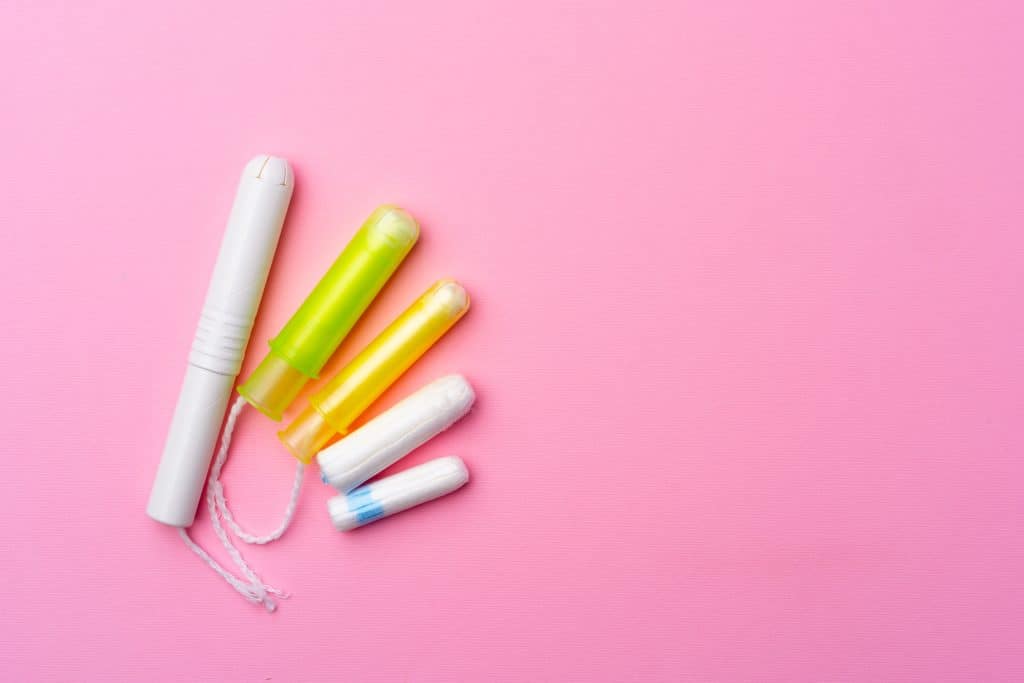
6. Comfort and Convenience Issues
Finding the right tampon size and absorbency can be a challenge. Tampons that are too absorbent for your flow can cause dryness and discomfort, while those that are not absorbent enough can lead to leaks.
This trial-and-error process can be frustrating, especially for first-time users. Additionally, tampons need to be changed every 4-6 hours, which can be inconvenient, particularly in public restrooms or during overnight use.
Periods can vary greatly from one day to the next, making it difficult to predict the right tampon size and absorbency for each day. Alternatives like period panties or menstrual cups can accommodate different flow levels more comfortably and require less frequent changes, providing a more hassle-free experience.
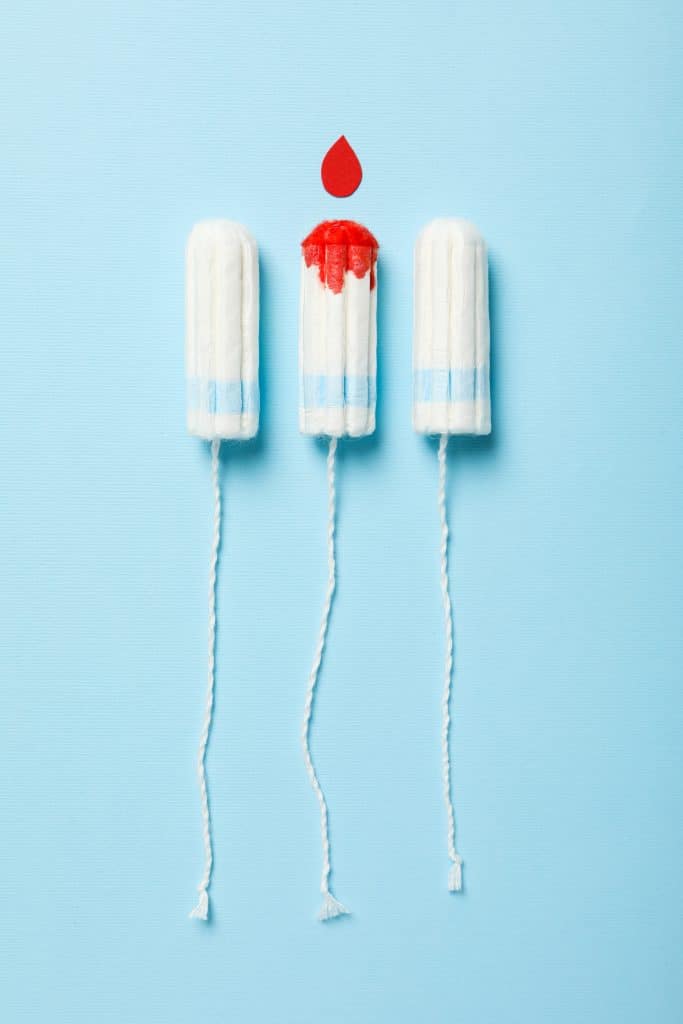
7. Learning Curve and Application Difficulties
Using tampons can come with a learning curve, especially for young users or those trying them for the first time.
Inserting a tampon properly requires understanding the angle and depth needed for comfort and effectiveness. Applicator-style tampons can make this easier, but they still require some practice to master.
This one is not so much a factor for those of us who have been using them for years, but when it comes to finding the right solution for our young girls starting out with menstruation then this factor definitely comes into play.
Many moms are choosing to give their daughters re-usable period underwear instead now, especially since girls seem to be entering puberty at a younger age than the previous generations so we want to make things easier for them.

Exploring Better Options
Given these disadvantages, it’s no surprise that many people are turning to alternative menstrual products. Menstrual cups, made from medical-grade silicone, offer a great option with less health risk.
Period panties and reusable cloth pads are also becoming popular for their comfort, convenience, and environmental benefits. These options not only reduce waste but also provide a safer, healthier alternative to traditional tampons.
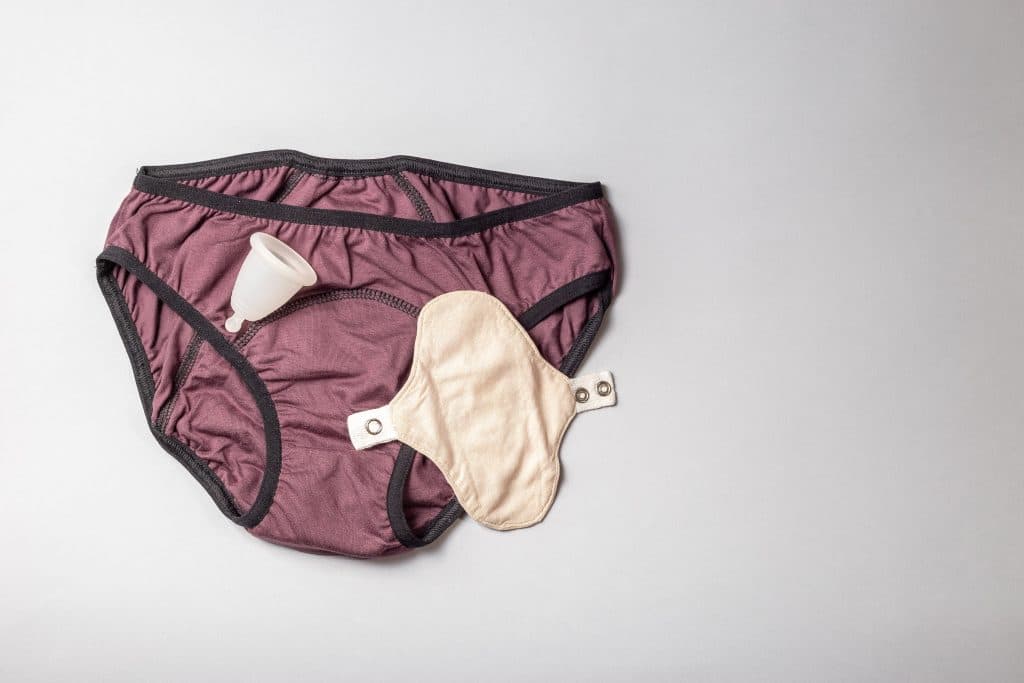
These alternatives often require less frequent changes and can be more cost-effective over time. The initial investment in reusable products can pay off by saving money and reducing the stress of managing menstrual hygiene, especially during heavy periods or when access to a bathroom is limited.
Ultimately, the choice of period products is a personal one, and only you know the best option for your cycle, but being informed about the potential problems with tampons can help you make a better choice for your body and the environment.
Whether you opt for a menstrual cup, period-proof panties, or another alternative, the important thing is to find what works best for you while prioritizing your health and well-being.
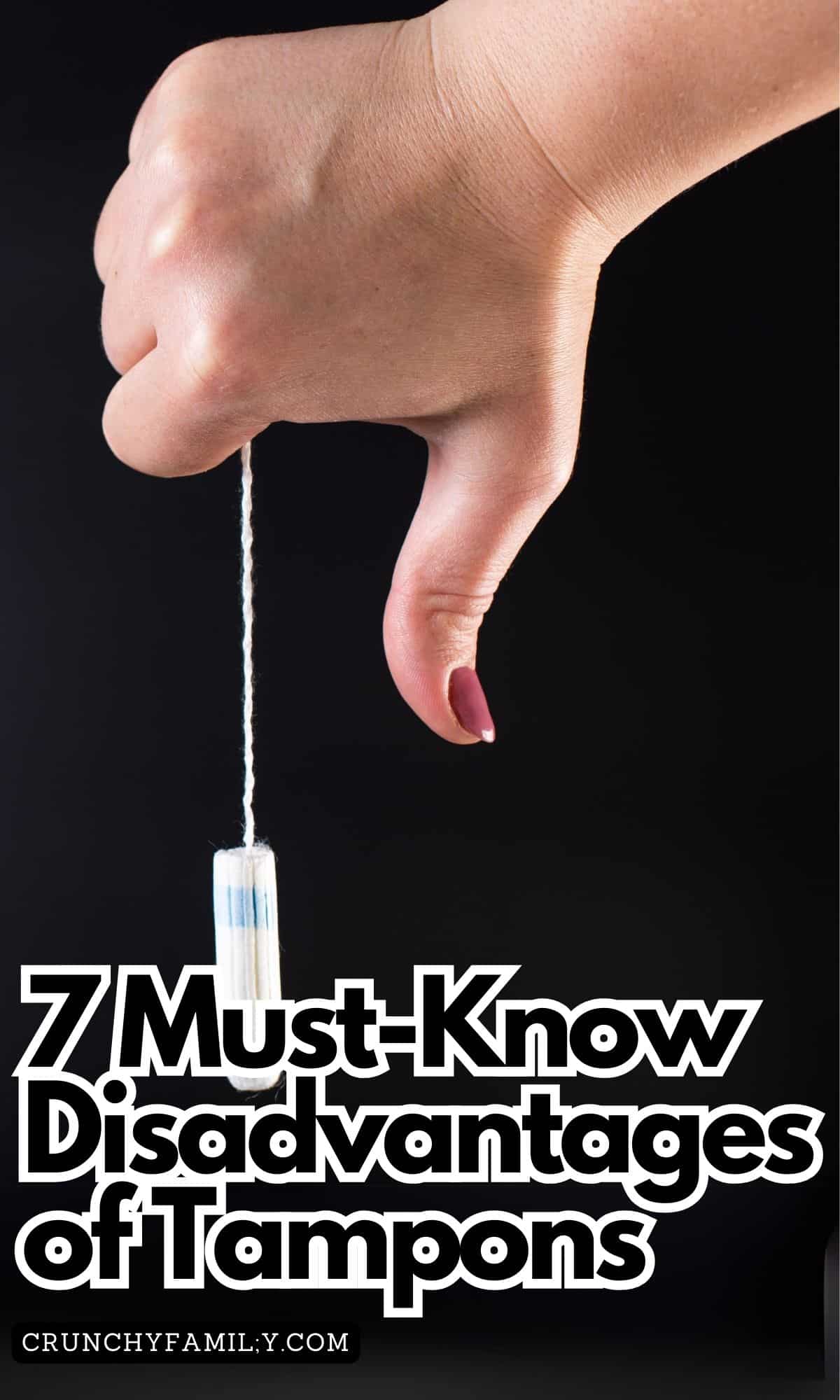
If you found this information useful or thought-provoking, please consider sharing it with your female loved ones or on social media. Together, we can help spread awareness and empower others to make informed choices about their menstrual health.